
SMART EQ FORTWO (2018-19)
The SMART EQ FORTWO (2018-19) is a compact electric city car renowned for its clever design and eco-friendly performance. As a hatchback with a distinct, modern look, it’s perfectly suited for urban living—ideal for commuters, first-time drivers, or anyone seeking a nimble, environmentally conscious vehicle for everyday trips. Its small size makes parking and maneuvering through busy city streets effortless, while its electric powertrain offers quiet, clean driving with low running costs.
What sets the SMART EQ FORTWO apart is its focus on efficiency and practicality. With an average recorded mileage of just over 15,000 miles, many owners enjoy reliable, fuss-free motoring. Known for its stylish design and user-friendly features, the EQ FORTWO stands out among rivals for its compact dimensions and zero-emission appeal. If you’re looking for a versatile, affordable electric vehicle that’s easy to handle and perfect for city life, the SMART EQ FORTWO (2018-19) is definitely worth considering—especially with an average valuation of around £10,299 based on recent data.

average use
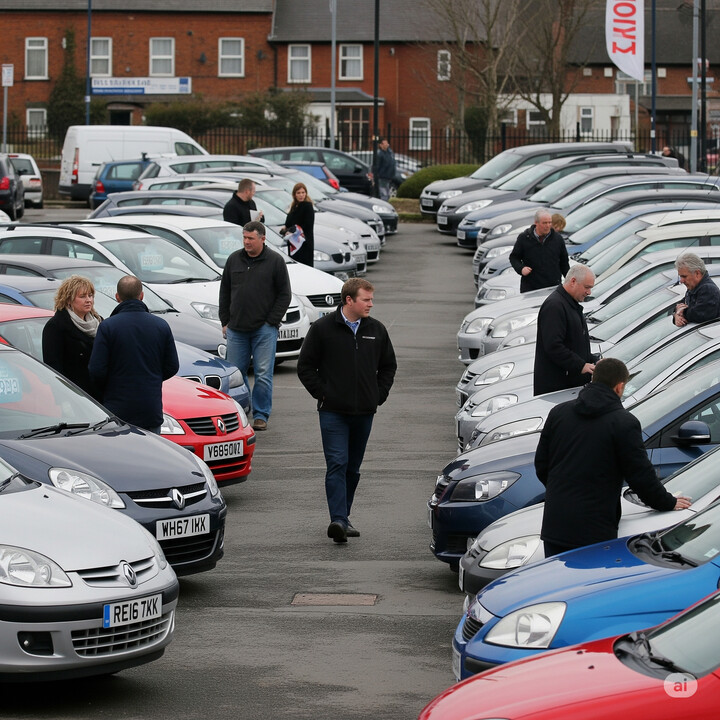
The data indicates that nearly half of the SMART EQ FORTWO vehicles recorded have a mileage of 0 to 10,000 miles, suggesting many are relatively low-mileage and possibly newer or lightly used. The next most common mileage range is 10,000 to 20,000 miles, accounting for about 30.6%, followed by 30,000 to 40,000 miles at 7.1%. Higher mileage categories, such as 40,000 to 50,000 miles, are quite rare, comprising only 1.2%. Overall, the majority of these vehicles appear to be well-maintained with lower mileage, which can be a positive indicator for potential buyers.

vehicle values
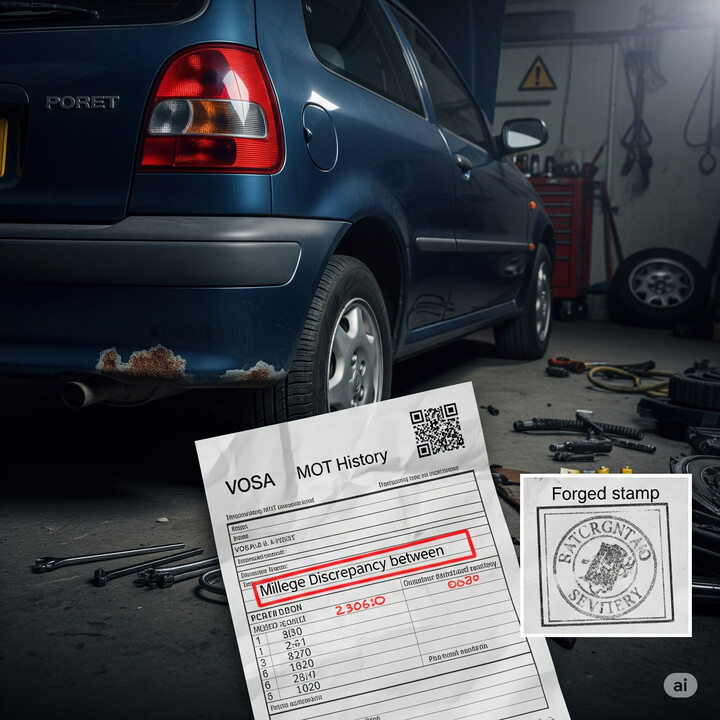
The provided data on private sale prices for the SMART EQ FORTWO (2018-19) reveals several notable trends. The most common price range is between £10,000 and £11,000, accounting for approximately 29.4% of listings, followed by £9,000 to £10,000 at 22.4%. There is a significant concentration of vehicles in the £6,000 to £7,000 and £7,000 to £8,000 brackets, with around 7.1% and 12.9% respectively. Interestingly, only a small percentage of cars are listed above £13,000, with minimal listings in the higher tiers (£13,000+). Overall, most private sales cluster in the £6,000 to £11,000 range, indicating that these vehicles typically retail at mid-range prices, with fewer high-end listings.

production years
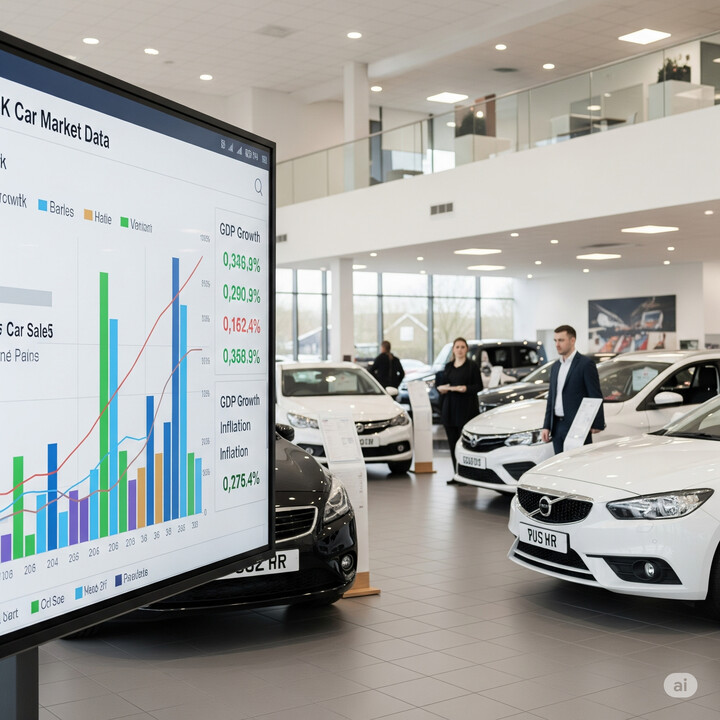
The data indicates that the majority of SMART EQ FORTWO vehicles from the 2018-2019 model range were manufactured in both 2018 and 2019, each accounting for approximately 47.1% of the sample. A smaller proportion, around 5.9%, were manufactured in 2020. This suggests a fairly evenly split production period between 2018 and 2019, with a limited number produced in 2020.

colour popularity
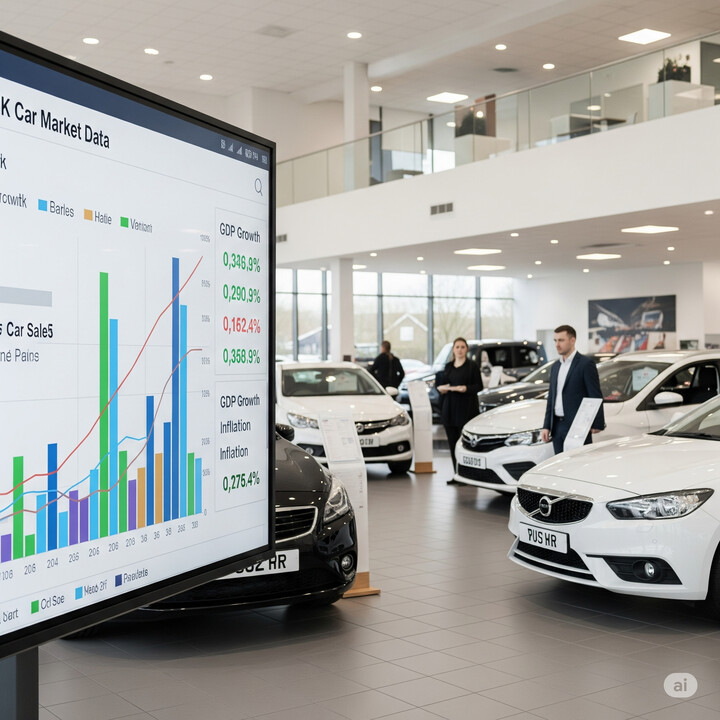
The data indicates that the most common paint colour for the SMART EQ FORTWO (2018-19) is black, accounting for approximately 69.4% of vehicles. White is the next most popular, representing 20%. Other colours such as red, grey, and silver are relatively uncommon, making up less than 5% each, while orange is the least frequent at about 1.2%. This suggests that black vehicles dominate this model's colour preference, with white also being a significant but less prevalent choice.

ownership cycle
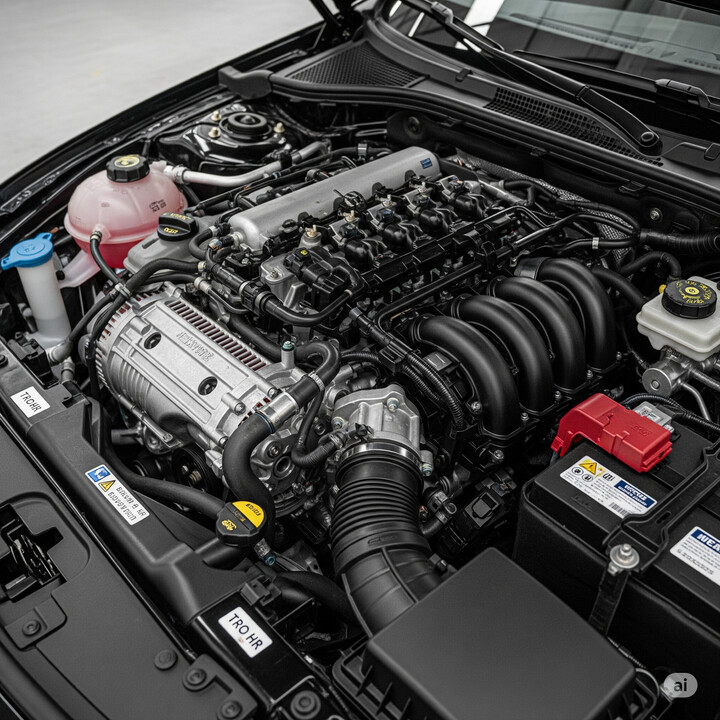
The data indicates that the majority of 'SMART EQ FORTWO (2018-19)' vehicles have between one and four registered keepers. Specifically, 35.3% of these vehicles have had just one keeper, and an additional 41.2% have had two. Combined, approximately 76.5% of the vehicles fall within the first two ownerships, suggesting they are generally relatively new to the current owners. Notably, only a small fraction (1.2%) have had five or more keepers, indicating that vehicles with multiple ownership changes are relatively rare in this sample. The data also shows a significant percentage (15.3%) with three keepers and a smaller share (7.1%) with four, highlighting some variation in ownership histories.

engine choices

Based on the available data for SMART EQ FORTWO (2018-19) vehicles, all models in this sample are electric with no engine capacity listed. This indicates that these vehicles are fully electric, emphasizing their eco-friendly nature. The absence of engine capacity data further highlights that they are battery-powered rather than traditional internal combustion engine vehicles.












